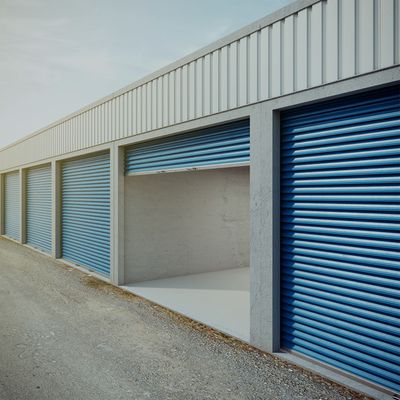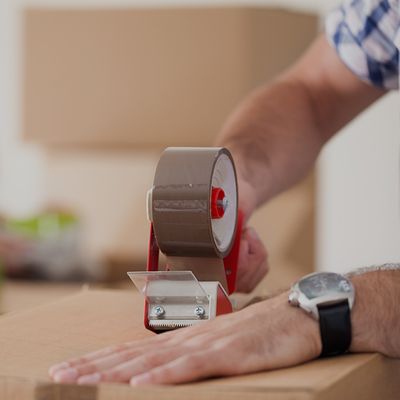Storing Antiques — When it comes to storing older items in your storage space, a lot of the preparations you make will be to prepare the item for safe transport to and from the location of the storage facility. However, other preparations may have to be made for certain items and materials.
Wrap Any Fragile Items — Wrapping fragile items in bubble wrap is a great way to give them some cushioning in the travel process, and it’s even better if you give them a layer of plastic with an airtight seal. That way, you’re protecting it from dents and dings and ensuring moisture stays out.
Store Items Horizontally — Particularly pictures and mirrors, but really anything with a deteriorating frame or box should be stored horizontally so that the item can’t collapse under its own weight while in storage.
Tables, Chairs, Etc — Any antiques that are susceptible to fading should be covered with tarps, plastic wrap, or old sheets to keep from being covered in dust. Even in the most controlled units, this is a concern. If you’re going to use something made of fabrics to cover your goods, make sure they are clean and dry in their own right.
Treat Your Items — It can help maintain your antiques to add protective coatings before they go into storage. Wood furniture should be polished and leather should be given leather conditioner in order to give them the best chance at standing up to the elements.
Depending on the material they’re made of and the condition they’re already in, there are plenty of things you could do to prepare your antiques for storage. Whatever antiques you may be storing, a little preventative maintenance and a protective layer should be the basics of preparing older, valuable items for storage.
Store With Gateway North Storage In Firestone
After you’ve decided you need a safer place to store your items and you’ve made all the advisable preparations, you can trust Gateway North Storage in Firestone to protect your items through the winter. With a wide range of sizes and both climate-controlled and standard units, we have something to fit your items. Contact us today!





